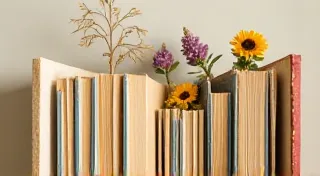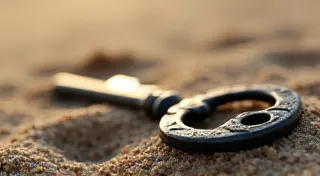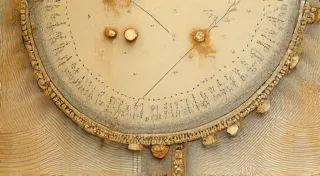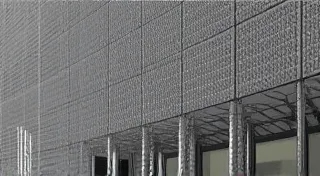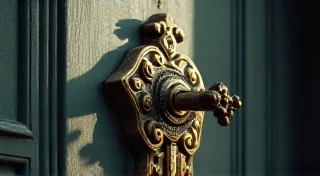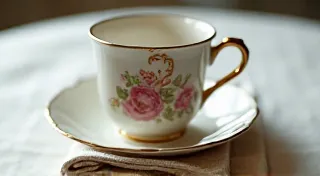The Temporal Tapestry: Weaving Stories Across Generations with Vintage Photographic Gear
There's a peculiar magic that clings to antique cameras – a whisper of forgotten moments, a palpable sense of history held within polished metal and aged leather. More than just tools, they are time capsules, vessels containing the ambitions, artistry, and everyday lives of those who came before. For me, collecting and using these cameras isn't simply about owning a piece of photographic history; it's about actively engaging with it, about attempting to recreate, however imperfectly, the perspective and process of generations past, and then weaving that experience into something new – a visual narrative connecting then and now.
It began with a chance encounter, really. I stumbled upon a battered Kodak Brownie Hawkeye at a flea market, tucked away beneath a pile of discarded toys. It was unremarkable in its appearance, a small, unassuming box camera. But there was something about the weight of it in my hand, the click of the shutter release, that sparked a curiosity I hadn’t anticipated. I didn't immediately understand the allure; I’m certainly no photographic expert. But that first roll of expired film, painstakingly developed in a makeshift darkroom, yielded images imbued with a soft, almost dreamlike quality – a quality that felt utterly distinct from the crisp, clinical precision of modern digital photography.
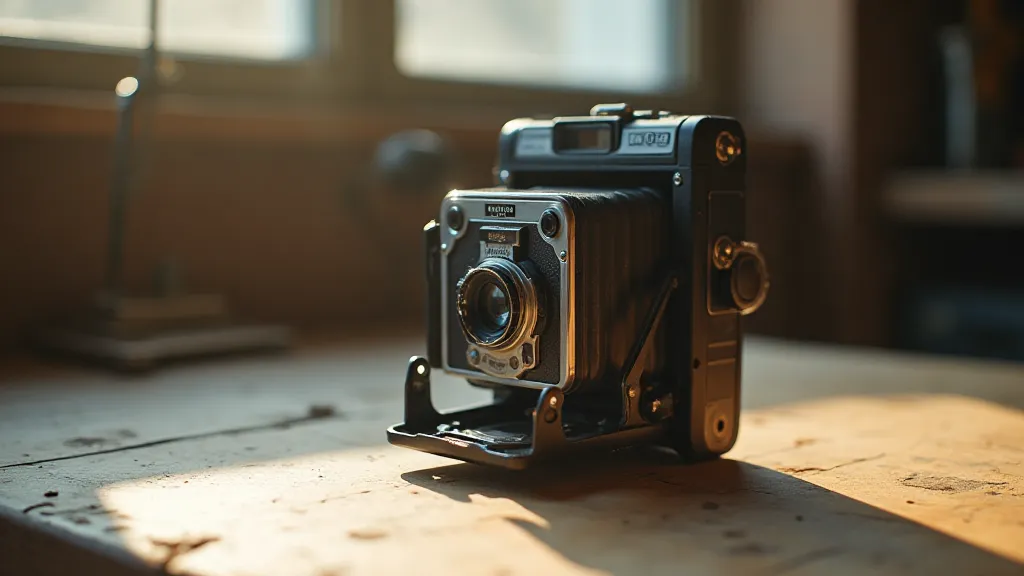
The Craftsmanship of a Bygone Era
The early 20th century was a time of immense technological advancement, and the camera industry was at the forefront. Companies like Kodak, Leica, and Graflex were not just building cameras; they were crafting works of art. Each component, from the meticulously engraved dials to the precisely ground lenses, reflected a dedication to quality and a pride in workmanship rarely seen today. The level of detail is astounding. Consider the bellows on a Graflex Speed Graphic, painstakingly folded and glued; or the intricate gear mechanisms within a Leica M3, a testament to engineering ingenuity. These cameras weren't disposable commodities; they were built to last – and many have, enduring for over a century.
The materials themselves tell a story, too. Brass bodies, often heavy and substantial, speak of a time before lightweight plastics. Leatherette coverings, scuffed and worn with age, bear the marks of countless journeys. Even the smell – that unique aroma of aged metal, leather, and dried chemicals – is a sensory connection to the past, evoking a sense of history that transcends mere visual perception.
Exploring Specific Models: Stories Etched in Metal
Let's delve into a few specific models that exemplify this fascinating world. The aforementioned Kodak Brownie Hawkeye, introduced in 1947, represents the democratization of photography. It was affordable and simple, allowing ordinary people to document their lives in a way that was previously unimaginable. Imagine families huddled around the Brownie, carefully composing group portraits on vacation, or children capturing fleeting moments of play. These aren’t just pictures; they're precious fragments of personal history.
Then there’s the Rolleiflex, a twin-lens reflex (TLR) camera that became synonymous with mid-century style and elegance. Its iconic square format and signature waist-level viewfinder gave it a distinctive aesthetic. Photographers like Robert Frank utilized the Rolleiflex to capture gritty, intimate portraits, influencing documentary photography for decades to come. Holding a Rolleiflex today, you can almost feel the weight of that artistic legacy.
Moving on to more advanced models, the Leica M3, introduced in 1954, marked a significant leap forward in 35mm camera technology. Its rangefinder system allowed for incredibly precise focusing, and its compact size made it a favorite among photojournalists and street photographers. The Leica’s reputation for reliability and exceptional image quality solidified its place as a coveted collector’s item.
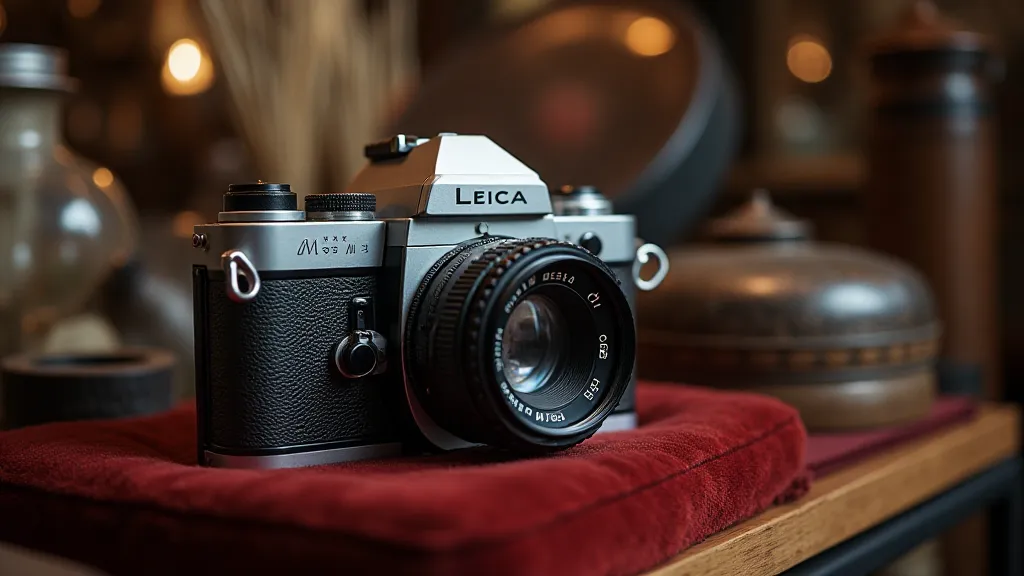
Connecting the Past and Present: A Visual Dialogue
The true power of using antique cameras, for me, lies in the ability to create artwork that visually connects the past and present. It's about understanding the limitations and strengths of these older technologies and using them to inform a contemporary artistic vision. The shallow depth of field on many older lenses, for instance, can be used to create a dreamy, ethereal quality. The graininess of expired film can add texture and character to an image. The unpredictable nature of older equipment can lead to unexpected and delightful results.
I'm currently working on a project documenting local historical landmarks using only antique cameras and film. The goal isn't simply to recreate old photographs; it’s to offer a fresh perspective on familiar places, informed by the techniques and aesthetics of the past. The contrast between the timeless architecture and the inherent imperfections of the antique process creates a unique visual tension that speaks to the passage of time and the enduring power of place. It is an attempt to spark curiosity and a sense of reverence for both the past and the present.
Restoring these cameras can be challenging, but immensely rewarding. It’s a process that demands patience, meticulous attention to detail, and a deep appreciation for the mechanics involved. Simply cleaning a lens, freeing up a sticky shutter, or replacing a perished bellows can breathe new life into a forgotten treasure. It’s akin to uncovering a piece of a forgotten story.
The Enduring Appeal of Analog Photography
In a world saturated with digital imagery, the allure of antique cameras might seem paradoxical. Yet, there’s a growing appreciation for the tangible, the imperfect, and the deliberate. The tactile experience of handling a camera, the anticipation of developing film, the element of surprise when seeing the final print – these are all aspects of analog photography that are increasingly valued.
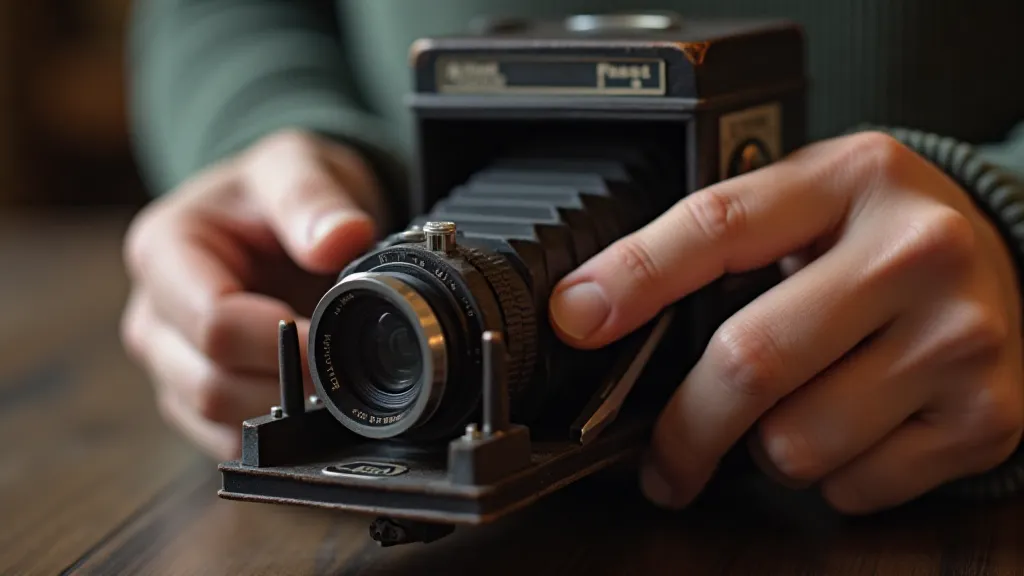
Collecting antique cameras isn’t just about acquiring objects; it’s about preserving history, celebrating craftsmanship, and fostering a deeper connection to the art of photography. It’s about allowing ourselves to be transported to a different time and place, and then using that experience to enrich our own creative endeavors. Each camera holds a story, waiting to be rediscovered and shared with the world – a temporal tapestry woven across generations.
